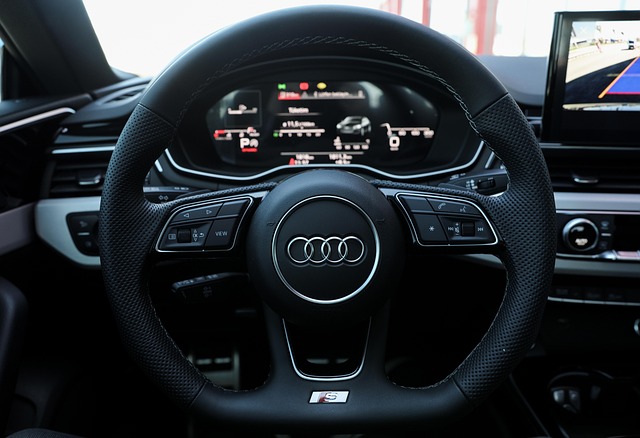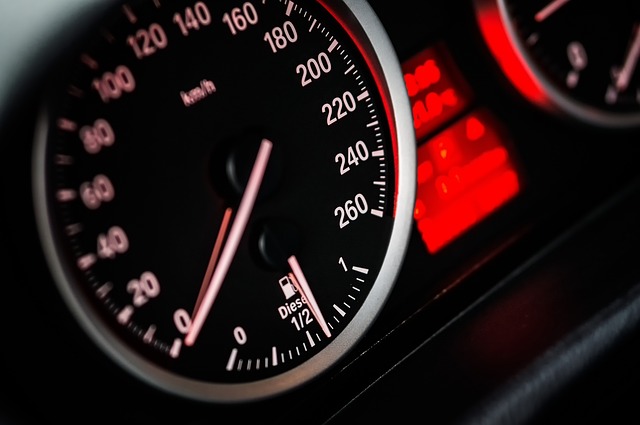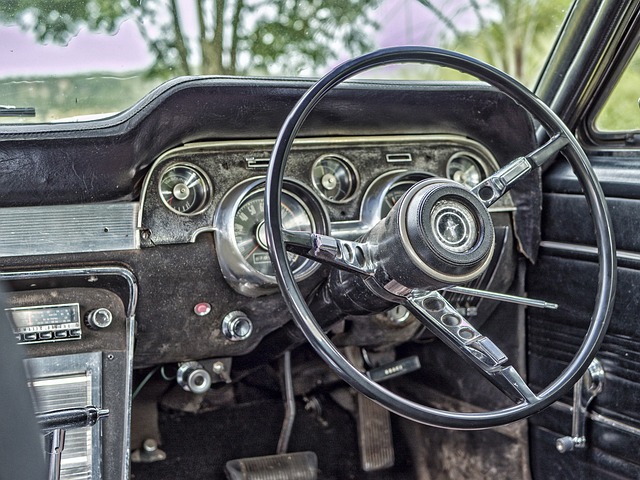Learn how to register your car in California with our comprehensive guide. This step-by-step process covers everything from understanding the requirements for car registration in the Golden State to gathering necessary documents for DMV VIN verification. We’ll walk you through the process, ensuring a smooth experience. By following these simple steps, including performing a detailed DMV VIN verification, you’ll have your California vehicle registered in no time while avoiding common pitfalls along the way.
- Understand the Requirements for Car Registration in California
- Gather Necessary Documents for Vin Verification
- Perform DMV VIN Verification Step-by-Step
- Complete the Registration Process at the DMV
- Important Tips and Common Pitfalls to Avoid
Understand the Requirements for Car Registration in California

Before registering your car in California, it’s crucial to understand the state’s requirements. The California Department of Motor Vehicles (DMV) mandates several key steps for car registration, including a rigorous vehicle inspection process. One critical component is the DMV VIN verification, which ensures that your vehicle matches the details on its title and identification documents. This meticulous process helps prevent fraud and ensures road safety by verifying critical vehicle information, such as its age, model, and make.
Additionally, you may want to consider alternative options for convenience, like mobile VIN verification or a vin inspection conducted by a professional service. These services offer the same thorough examination of your vehicle’s details but can be accessed more readily. Whether you opt for traditional DMV procedures or leverage modern mobile solutions, ensuring your car is registered correctly and meets all safety standards is paramount to legally operating on California roads.
Gather Necessary Documents for Vin Verification

Before you begin the car registration process in California, it’s crucial to gather all the necessary documents for DMV VIN verification. This includes your vehicle’s registration certificate from the previous state, if applicable, and proof of insurance. Additionally, ensure you have the vehicle’s Vehicle Identification Number (VIN) label, which is typically located on the driver’s side door frame or engine hood.
For a smoother process, consider using a mobile VIN inspection service or a mobile vin verifier. These services can help verify your vehicle’s history and details remotely, saving you time and effort. They provide accurate and up-to-date information, which is essential for meeting California’s registration requirements.
Perform DMV VIN Verification Step-by-Step

Performing a DMV VIN (Vehicle Identification Number) verification is a crucial step when registering your car in California. Here’s a straightforward guide to help you navigate this process, focusing on accuracy and convenience. Start by scheduling or conducting a mobile vin inspection. This involves using a qualified inspector who will visit your location and perform the check using the vehicle’s unique VIN number.
During the vin inspection, the inspector verifies key details about your car, such as its make, model, year, and whether it has been reported stolen. They’ll also cross-check the VIN with the California Department of Motor Vehicles (DMV) database to ensure the vehicle’s history is clear. Once the inspection is complete, you’ll receive a report detailing the findings. This document plays a vital role in the registration process, ensuring that your car meets all legal requirements before it hits the California roads.
Complete the Registration Process at the DMV

After gathering all the necessary documents and ensuring your vehicle meets California’s requirements, it’s time to complete the registration process at the DMV (Department of Motor Vehicles). The process typically involves several steps, including providing proof of insurance, passing a vehicle inspection, and submitting the required forms. One crucial aspect of this process is the DMV VIN verification, which ensures that your vehicle’s unique identifier—the Vehicle Identification Number (VIN)—is accurate and matches the data on record.
During the registration, you or your designated representative will need to present a valid driver’s license or state ID card, proof of California residency, and the necessary fees. A vin inspection is often conducted to verify the vehicle’s identity and condition, ensuring it complies with safety and environmental standards. If you prefer a more convenient approach, consider using a mobile vin verifier, which allows for an on-the-go inspection by providing real-time results directly from your smartphone or tablet.
Important Tips and Common Pitfalls to Avoid

When registering your car in California, staying informed about the process is key to a smooth experience. One crucial step often overlooked is the DMV VIN verification. This involves ensuring the Vehicle Identification Number (VIN) on your vehicle matches the one reported to the Department of Motor Vehicles (DMV). Ignoring this can lead to significant delays or even registration denial.
Another common pitfall is not having all required documents ready. Always double-check that you have the essential paperwork, including proof of insurance, ownership transfer, and perhaps even a title history report. Considering options like a mobile VIN inspection or verification service can also save time. These services allow for convenient, on-site checks, ensuring every detail aligns before submitting your registration application.
Registering a car in California involves understanding specific requirements, gathering essential documents, and successfully completing the DMV VIN verification process. By adhering to these steps and tips, you can ensure a smooth registration experience. Remember to keep your paperwork organized and double-check each detail to avoid common pitfalls. Once completed, you’ll be one step closer to hitting the open road legally!



